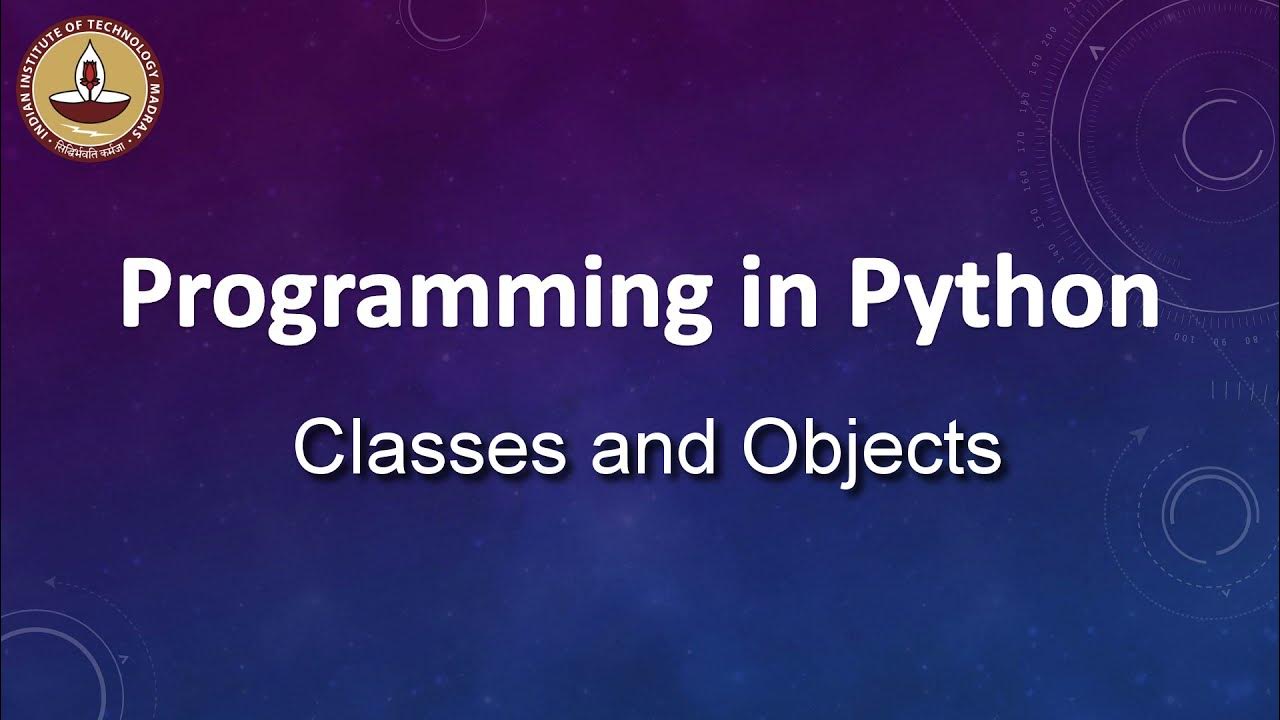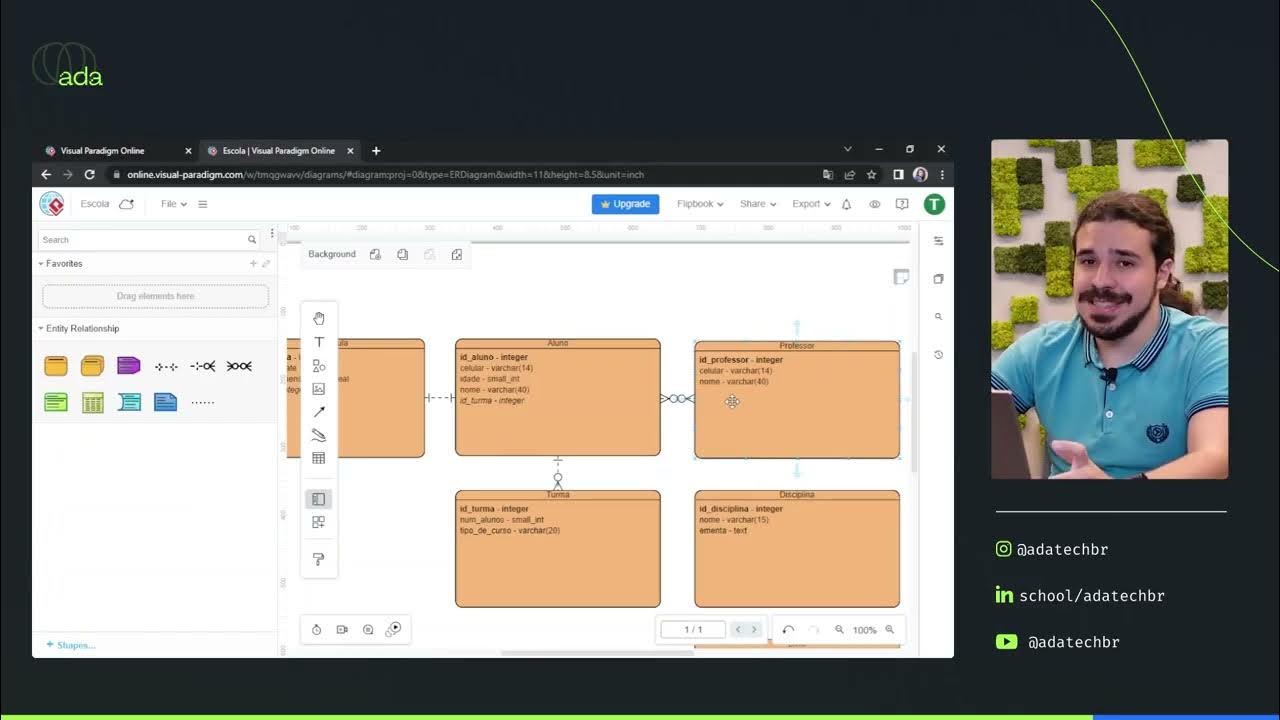SIMULASI SISTEM DISKRIT
Summary
TLDRThis video introduces the concept of discrete event system simulation, explaining how state variables, entities, attributes, and events are modeled to simulate real-world processes. Using a case study of a single teller bank service, the video demonstrates how to simulate customer arrivals, service times, and waiting times. The calculations highlight the teller’s idle time, average waiting time, and system efficiency, concluding that while the teller’s idle time is low, the system could improve by reducing customer waiting times and increasing service capacity.
Takeaways
- 😀 Discrete event system simulation models systems where state variables change at specific points in time, often based on events.
- 😀 This type of simulation is useful for modeling physical systems where changes happen at discrete, predetermined moments.
- 😀 Discrete event simulations can be deterministic or stochastic, meaning events may follow a predictable pattern or involve randomness.
- 😀 A discrete event system consists of several key components: state variables, entities, attributes, events, activities, delays, and time.
- 😀 State variables represent the status of the system at a given time, such as the number of customers or the status of the teller.
- 😀 Entities are objects within the system (e.g., customers or tellers), and their attributes help describe their characteristics (e.g., customer ID, service time).
- 😀 Events in the system are significant occurrences that trigger changes in the system’s state, such as customer arrival or service completion.
- 😀 The simulation example demonstrated a banking system with a single teller serving customers with varying arrival and service times.
- 😀 Key performance metrics, such as average wait times, teller idle time, and overall system efficiency, were calculated to assess the system's performance.
- 😀 Despite low teller idle time (10%), the system's performance was inefficient due to a 100% customer wait time, indicating a need for improvement.
- 😀 The use of Microsoft Excel was demonstrated to visualize the simulation, with color-coded charts depicting arrival times, service times, and idle times, helping to identify system inefficiencies.
Q & A
What is the definition of discrete event system simulation?
-Discrete event system simulation is a type of simulation where the status or state variables of the system change at distinct, specified times. These changes occur at discrete moments when specific events take place within the system.
What are the key characteristics of a discrete event system?
-The key characteristics of a discrete event system include the representation of system states as variables or events that change discretely. These systems can also be either static or dynamic, deterministic or stochastic, depending on the nature of the entities and events.
Can you provide an example of a discrete event simulation in a queueing system?
-Yes, an example of a discrete event simulation in a queueing system is the simulation of a single server-client system, such as the cashier service at a supermarket or a receptionist at a hotel or office, where customers or clients wait for service in a queue.
What are the seven components of a discrete event system?
-The seven components of a discrete event system are: 1) system state variables, 2) entities, 3) attributes, 4) events, 5) activities, 6) delays (or waits), and 7) clocks or time.
How are entities represented in a discrete event simulation?
-Entities in a discrete event simulation are represented by objects or components of the system, such as customers, machines, or servers, that perform activities or undergo events. For instance, in a healthcare system, entities would be doctors and patients.
What is the role of 'delay' or 'tunda' in a discrete event simulation?
-'Delay' or 'tunda' refers to the waiting time or idle time that entities experience within the system before or after an event takes place. For example, patients in a clinic may experience waiting times before seeing a doctor.
What does 'deterministic' and 'stochastic' mean in the context of a discrete event system?
-In the context of discrete event systems, 'deterministic' refers to systems where the outcome of events can be precisely predicted, while 'stochastic' refers to systems where outcomes are probabilistic and random, such as in the case of customer arrival times in a queue.
What is the significance of the simulation of a bank's teller system?
-The simulation of a bank's teller system helps analyze key performance metrics, such as teller idle time, average customer wait time, and service time, to evaluate the efficiency of the system and identify potential improvements.
How does the simulation of the teller system work in this script?
-In this simulation, the arrival times of customers and the time taken to serve them are recorded. For each customer, the waiting time is calculated based on the time the teller finishes serving the previous customer, and the teller's idle time is tracked. This data helps calculate average wait times, service times, and idle times.
What conclusions can be drawn from the simulation of the bank's teller system?
-The simulation reveals that although the teller has a low idle time (10%), the overall service system still experiences significant inefficiencies, such as high customer wait times (100% of customers need to wait). This suggests the system needs improvements to handle customer demand better.
Outlines

This section is available to paid users only. Please upgrade to access this part.
Upgrade NowMindmap

This section is available to paid users only. Please upgrade to access this part.
Upgrade NowKeywords

This section is available to paid users only. Please upgrade to access this part.
Upgrade NowHighlights

This section is available to paid users only. Please upgrade to access this part.
Upgrade NowTranscripts

This section is available to paid users only. Please upgrade to access this part.
Upgrade NowBrowse More Related Video
5.0 / 5 (0 votes)





